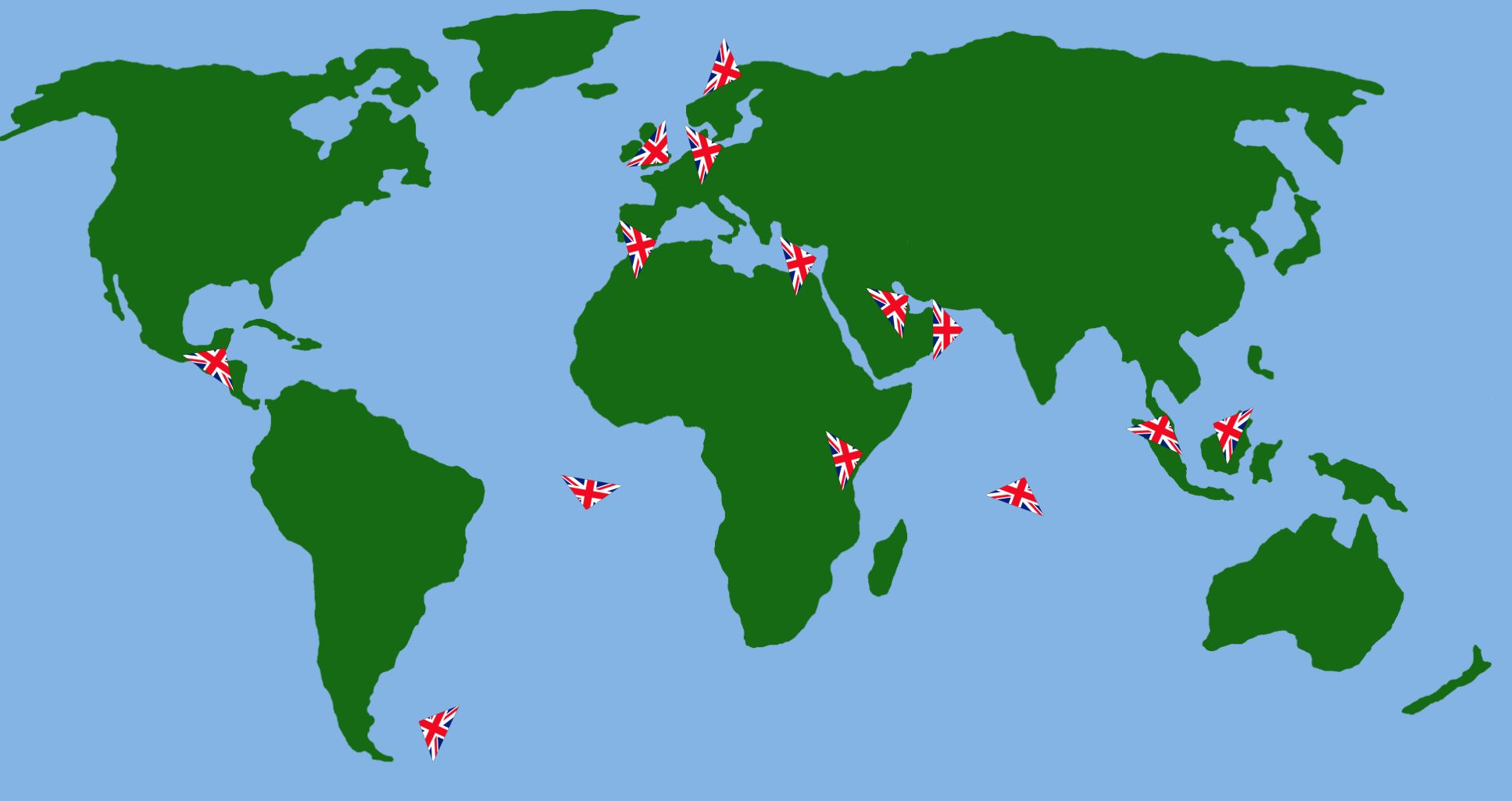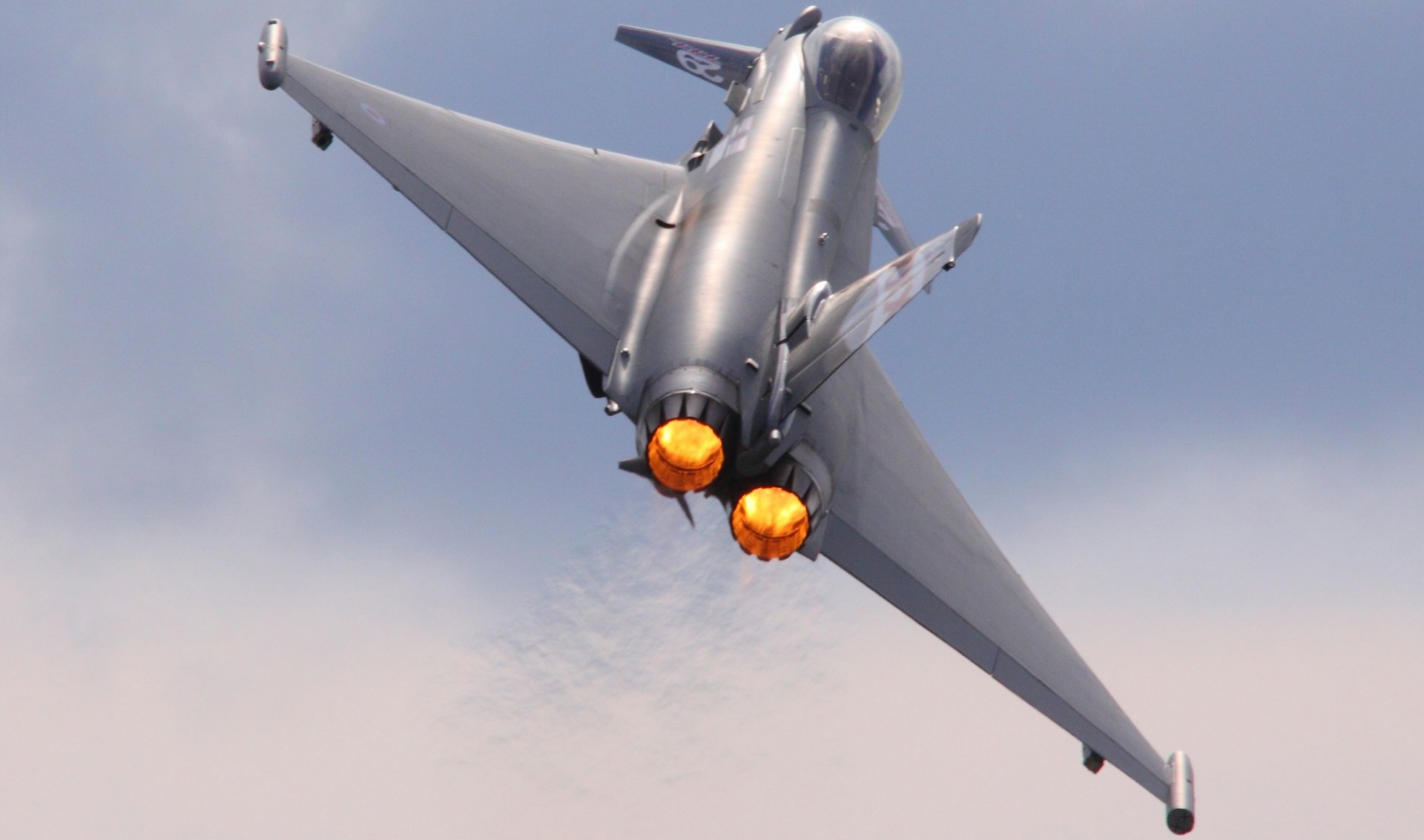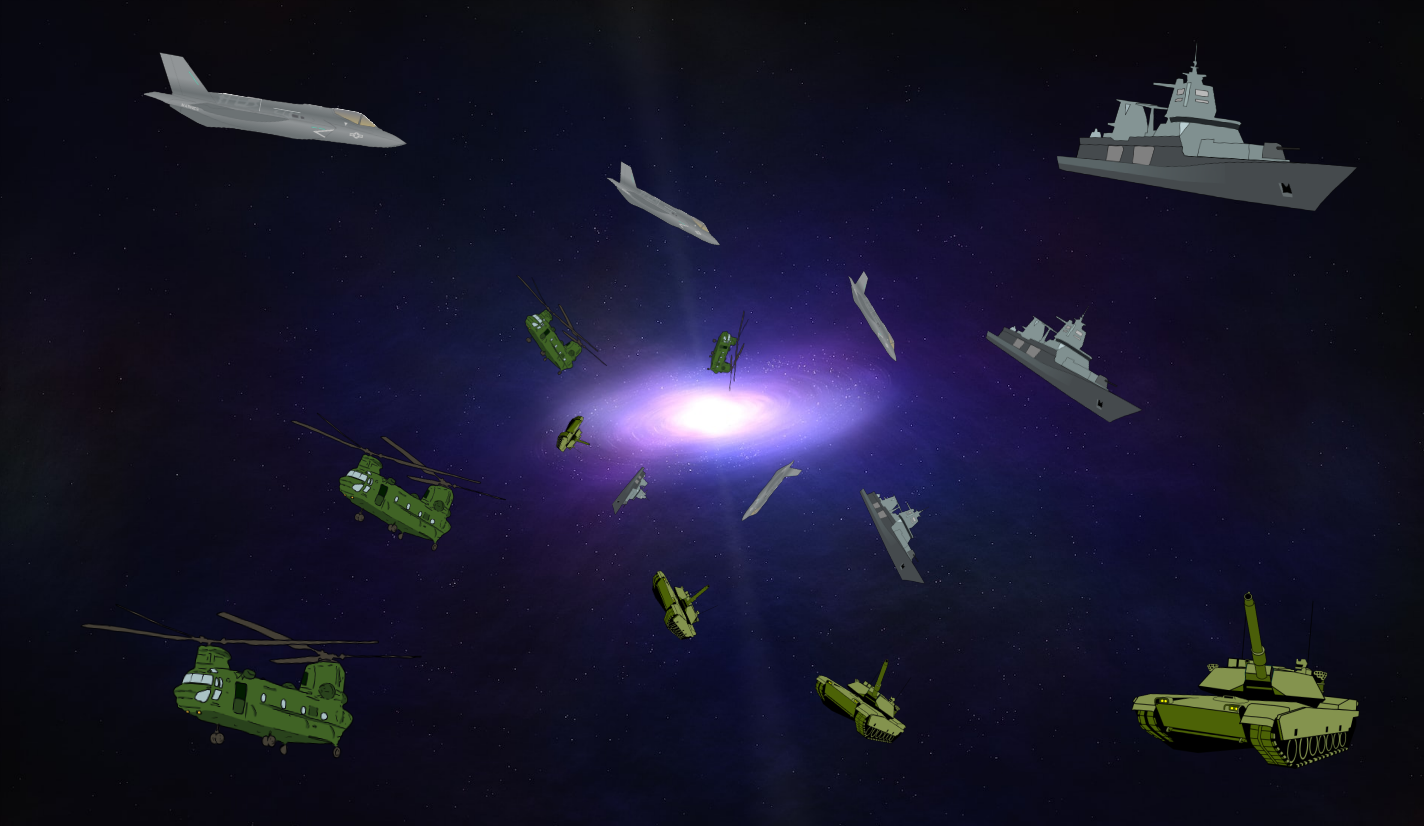UK Defence Command Paper - how thin can we spread the butter?

Following the release of the 2023 Refresh of the Integrated Review, we should see the corresponding update to the Defence Command Paper within a couple of weeks. It may be coincidence, but the Command Paper won't be released until after the NATO Summit taking place in Vilnius on the 11-12th July, but it's equally likely that the delay is to avoid releasing a document that will be controversial and disappoint many when it appears.
Why do I predict controversy and disappointment?
That's simple - there's no new money. The Integrated Review is a political document, presented by the Prime Minister. It sets out the threats we face as a nation, but it also sets out the posture that the Government wishes to present to the world. For instance, the word "global" appears over 100 times (whereas the words "budget" and "spending" appear fewer than 20 times...).
The Defence Command Paper in turn is presented by the Secretary of State for Defence as the MOD's response to the Integrated Review. Crucially, it doesn't come with an invoice attached, or even a bid for funding. It has to address the priorities of the Integrated Review with a budget that has already been fixed by the Government, and so needs to spread that fixed budget as thinly as necessary to be seen to be covering all the aspirations of the Defence Review.
The Government has been boasting of “largest sustained increase in the core defence budget for 30 years” which is accurate in cash terms, however in reality the additional spending has largely been consumed by the recent high levels of inflation and the cost of replenishing stocks and support to Ukraine.
Programme cuts and delays are already "baked in"

Of course defence procurements are (in)famous for delays, which have the effect of sliding spending to the right, but inevitably the MOD will need to choose to delay or cut some programmes to fit the spending profile, even if those decisions have the knock-on consequence of increasing total costs in the longer term.
Likewise, the planned equipment retirements already underway will not be reversed, even if their replacements are running late. As a reminder, 2023 will see the following leaving UK service after long and distinguished careers:
- The C-130 Hercules has just left RAF service, despite the A400M Atlas not yet being cleared to perform all of the Hercules roles, including some Special Forces support missions.
- The CVR(T) series of reconnaissance vehicles are being retired this year, while their replacement in the form of Ajax is now around a decade late and isn't forecast to declare Full Operating Capability (FOC) until 2029. The plan is for Warrior to cover for the loss of CVR(T) in the short term.
- The second planned Type 23 Frigate retirement takes place this year, leaving the Royal Navy with a surface fleet of frigates and destroyers down to just 17 hulls until the new Type 26 and Type 31 arrive (both now a couple of years late).
Also on their way out are most of the Tranche 1 Typhoon fleet in 2025, leaving the RAF with just 107 Tranche 2 & 3 aircraft, along with 9 of the oldest CH-47 Chinook airframes. The Warrior vehicle (without upgrade, and now covering for the delayed Ajax) is in theory due to leave service in 2025, but that plan must surely be postponed until Ajax reaches FOC if the Army is to avoid a serious shortage of armoured vehicles.
The 2021 Command Paper Defence in a Competitive Age promised a British Army that "will be leaner, more lethal, nimbler, and more effectively matched to current and future threats", with the emphasis on "leaner" meaning a reduction in strength from 76,000 to 72,500 by 2025. I predict that those calling for this planned reduction to be abandoned in response to Russia's renewed aggression in Ukraine will be disappointed, along with those calling for an increase in the number of main battle tanks, with only 148 going through the Challenger 3 upgrade programme.
Which other programmes are vulnerable?
The programmes mentioned above are the ones that the 2021 Defence Command Paper already called time on. Are any others facing cuts or delays? Sadly I believe the answer is yes, starting with the curious case of vertical lift. To recap, the Puma, Dauphin and assorted Bells were scheduled to be replaced by a common 'New Medium Helicopter' from 2025, and the FMS purchase of 14 Extended Range CH-47 Chinooks was supposed to allow the replacement of older Chinooks with newer and more capable aircraft from 2027. Yet when facing recent questions in Parliament and Defence Committee meetings about timescales for both of these planned procurements, the MOD and Secretary of State for defence have become remarkably coy and vague.
The New Medium Helicopter procurement is now at least a year behind schedule, and is highly unlikely to deliver by 2025 when the Puma is currently scheduled to leave service. The question is whether the programme will be delayed, or cancelled outright? If it is delayed, then the Puma could certainly continue in service for a few more years - the original plan was for the upgraded Puma HC2 to serve until 2030 anyway. However if it is cancelled, would that be a permanent loss of medium support helicopter capability, or temporary until the mid-2030's when the new generation of rotorcraft with greater speed and range such as Bell's V-280 Valor or whatever emerges from the European Next Generation Rotorcraft Technologies programme become available? Either way, the experience and knowledge of the current cohort of Puma pilots, crew and engineers would be lost, and it will take time and money to regenerate that later.
When asked about the solution to the medium helicopter lift requirement, my friends in the CH-47 community would undoubtedly respond with their stock answer of "two Chinooks", but they will be keen to know when their new Extended Range aircraft will be arriving. They were ordered in 2021 and delivery was expected between 2026 and 2030, but it appears that a schedule is yet to be agreed with the US Government. A further 14 of the oldest aircraft are scheduled to be retired from 2027, so a delay in delivery means either a cut to the size of the forward fleet or the older aircraft continuing in service for longer with the associated support and maintenance costs that implies.
Will there be any winners?
Not many, but it partly depends on how you define it. I wouldn't be surprised to see a commitment to increase the fleet of Boxer Mechanised Infantry Vehicles beyond the currently contracted 623. The Land Fleet Requirement stands at 1,305 and the Army desperately needs new armoured vehicles to replace its current obsolete fleet. Also, the Boxer programme is only running slightly late (virtually within tolerance by defence standards) and so presents an opportunity for a 'win' for the Army in terms of finally bringing a major new vehicle programme into service.
Other programmes such as the F-35 Lightning will be relieved just to see previous commitments to numbers and timescales re-affirmed without further cuts or delays.
With war raging on Europe's eastern flank, I will particularly be looking to see if the Command Paper refresh shifts the balance between investment in homeland defence versus expeditionary capability. For instance, will the proposed Multi-Role Support Ships (MRSS) survive? MRSS are intended to provide a persistent presence and littoral strike capability 'East of Suez', but will that start to look like an expensive luxury in the face of a clear threat to the UK's security much closer to home?




